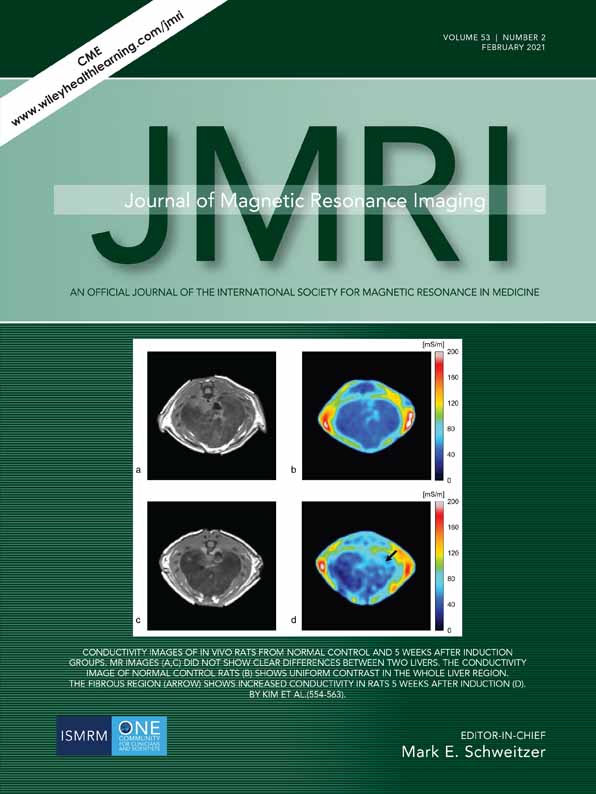Effect of Device Configuration and Patient's Body Composition on the RF Heating and Nonsusceptibility Artifact of Deep Brain Stimulation Implants During MRI at 1.5T and 3T
Contract grant sponsor: NIH; Contract grant numbers: R00EB021320 and R03EB025344.
Abstract
Background
Patients with deep brain stimulation (DBS) implants have limited access to MRI due to safety concerns associated with RF-induced heating. Currently, MRI in these patients is allowed in 1.5T horizontal bore scanners utilizing pulse sequences with reduced power. However, the use of 3T MRI in such patients is increasingly reported based on limited safety assessments. Here we present the results of comprehensive RF heating measurements for two commercially available DBS systems during MRI at 1.5T and 3T.
Purpose
To assess the effect of imaging landmark, DBS lead configuration, and patient's body composition on RF heating of DBS leads during MRI at 1.5T and 3T.
Study Type
Phantom and ex vivo study.
Population/Subjects/Phantom/Specimen/Animal Model
Gel phantoms and cadaver brain.
Field Strength/Sequence
1.5T and 3T, T1-weighted turbo spin echo.
Assessment
RF heating was measured at the tips of DBS leads implanted in brain-mimicking gel. Image artifact was assessed in a cadaver brain implanted with an isolated DBS lead.
Statistical Tests
Descriptive.
Results
We observed substantial fluctuation in RF heating, mainly affected by phantom composition and DBS lead configuration, ranging from 0.14°C to 23.73°C at 1.5T, and from 0.10°C to 7.39°C at 3T. The presence of subcutaneous fat substantially altered RF heating at the electrode tips (3.06°C < ∆T < 19.05° C). Introducing concentric loops in the extracranial portion of the lead at the surgical burr hole reduced RF heating by up to 89% at 1.5T and up to 98% at 3T compared to worst-case heating scenarios.
Data Conclusion
Device configuration and patient's body composition substantially altered the RF heating of DBS leads during MRI. Interestingly, certain lead trajectories consistently reduced RF heating and image artifact.
Level of Evidence 1
Technical Efficacy Stage 1
J. MAGN. RESON. IMAGING 2021;53:599–610.




